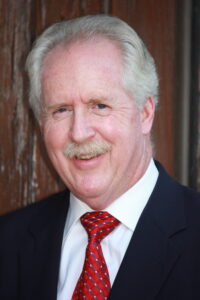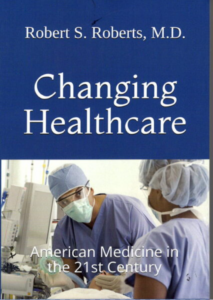
In 2015 I published a book called The ObamaCare Reality. In addition to exposing the flaws in ObamaCare, I also discussed the flaws in Medicaid.
It has always been postulated that the uninsured are more likely to use Emergency Rooms for routine healthcare than those with insurance. But research has proven this assumption to be false.
In 2008, the State of Oregon was faced with a dilemma. They wanted to expand Medicaid eligibility to more residents, but they didn’t have enough money to pay for everyone. So, they held a lottery for low-income uninsured adults. Winners in the lottery would get Medicaid and the losers would go uninsured. This created an ideal situation for studying the impact of Medicaid in a randomized, prospective manner.
This study, now known as The Oregon Health Insurance Experiment, has revealed many surprising conclusions about the impact of healthcare insurance. Thus far, the researchers have learned that having Medicaid does not improve health, at least in standard measurements of blood pressure, blood sugar, and cholesterol. Medicaid reduced observed rates of depression by 30% but increased the probability of being diagnosed with depression. Medicaid significantly increased the probability of being diagnosed with diabetes and the use of diabetes medication, but did not have the expected impact of lowering blood sugar. In other words, Medicaid had no impact on actual healthcare outcomes.
But the real surprise was the impact on Emergency Room usage. The Oregon study showed those with newly enrolled Medicaid were 40 percent more likely to use the E.R. than the uninsured! Medicaid expansion actually increased Emergency Room visits. A report from the Colorado Hospital Association published in 2014 confirmed the same findings. They reported that in states that expanded Medicaid, E.R. visits increased 5.6%, while in states without Medicaid expansion E.R. visits increased only 1.8%.
Why does expanding Medicaid increase E.R. visits?
John C. Goodman, in his book Priceless, said having Medicaid may actually be worse than having no insurance at all. That’s because most doctors do not accept Medicaid patients, and the ones who do often ration their appointments making waiting times very long. Many doctors are listed in directories as accepting Medicaid patients, but in actual practice they don’t. Medicaid patients are forced to respond by going to the Emergency Rooms where they are sure to be seen the same day.
This reality of poor access to healthcare by Medicaid patients was dramatized in a recent Wall Street Journal article by Christopher Weaver, Anna Wilde Mathews, and Tom McGinty. They say, “Private Medicaid insurers dominate the government healthcare program that covers more than 70 million low-income and disabled Americans. But when Medicaid-plan enrollees need care, they often can’t get appointments with the doctors listed in those insurers’ networks.”
A Wall Street Journal analysis of state and federal data showed that the networks of doctors that insurers listed for their Medicaid members are less robust than they appear. Some doctors are erroneously shown in states or cities where they don’t actually work. Others won’t book appointments for Medicaid patients, who typically are far less lucrative than those with employer coverage. Some medical practices limit slots allotted for Medicaid visits, or simply won’t take new Medicaid patients.
To assess private insurers’ Medicaid networks, the Journal compared the insurers’ lists of providers with records of Medicaid care provided across 22 states in 2023. The analysis found that more than a third of the doctors listed in the networks didn’t treat the insurers’ Medicaid patients that year.
This confirms what I said in my book ten years ago. The uninsured actually have greater access to health care. The reason is the uninsured can choose any doctor they wish and usually pay cash at a discounted rate wherever they go. Medicaid patients do not have the same option since taking cash from a Medicaid patient is a violation of the law that threatens a doctor’s license. The Medicaid patient then resorts to the E. R. for healthcare they can’t wait any longer to receive.
Here is a graphic published in the WSJ that shows specialists listed in Medicaid networks and the likelihood of them actually treating a Medicaid patient:




